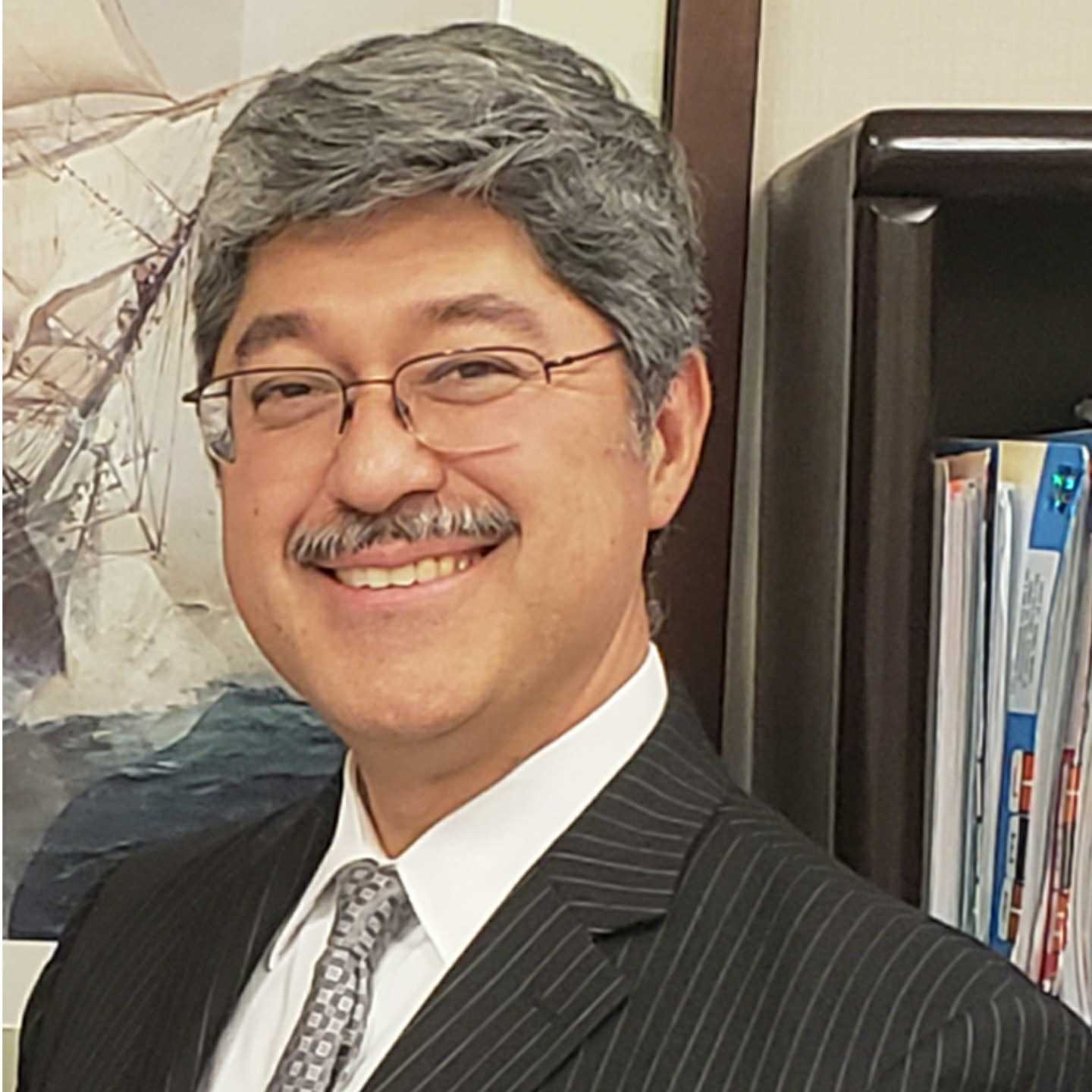By: Joshua S. Yamamoto, M.D., F.A.C.C. (Author, You Can Prevent A Stroke)
The best way to treat a stroke is to prevent it.
Yes, You Can Prevent a Stroke, and remember, prevent is an active verb.
A stroke is damage to the brain from interrupted or inadequate blood. When we don’t get blood to the brain, it dies. Fundamentally, when we maintain adequate circulation to the brain, we prevent strokes.
Recognizing that our circulation naturally ages gives us the chance to be proactive in maintaining our health and preventing the otherwise inevitable changes that cause strokes.
Strokes are considered a “disease of aging.” This is true. But “aging” is much better understood than it once was. Aging is largely predictable. That makes it measurable and manageable. In fact, there is almost no such thing as cardiovascular disease, it’s mostly just natural aging.
Everyone ages, even Olympic athletes. No one is immune. We have 100,000 heart beats a day. That’s a lot of wear and tear. This internal aging is what leads to plaque build-up in arteries, increased strain and work in the heart, and the inevitability of less reliable and irregular heartbeats. These are the internal changes which cause strokes.
“Risk Factors” like diabetes, smoking, unfavorable lipids and higher blood pressure, are best thought of as things that accelerate natural aging. But there are two key things to remember: we are all dealt a genetic hand when we are born. We can not change the cards we are dealt, but we can choose how we play them. Secondly, time always passes.
The inevitable internal changes of aging do not produce symptoms before they lead to brain damage. That’s why we call heart and vascular disease the silent killer. It may be silent, but it is not invisible.
We can see it, long before it causes problems. But you need to look. No one knows their health on the inside until they look, but looking is easy and painless. We can use tools like ultrasound and extended cardiac monitoring. Once you know your health on the inside, then you can work with your doctor to actively prevent a stroke.
Our lifestyle choices and personal effort (that is, our diet and exercise) make a difference, but only to a point. Ultimately, genetics and time will matter more. If we want to prevent a stroke, think: “D-HART.”
Have a Doctor, and ask-
What is the health of my Heart (and how do we know)?
What is the health of my Arteries?
What is my heart’s Rate and Rhythm?
Is it Time to do something or start a medication?
Ask these questions so you can make informed decisions on how to navigate your own aging because, You Can Prevent a Stroke.







